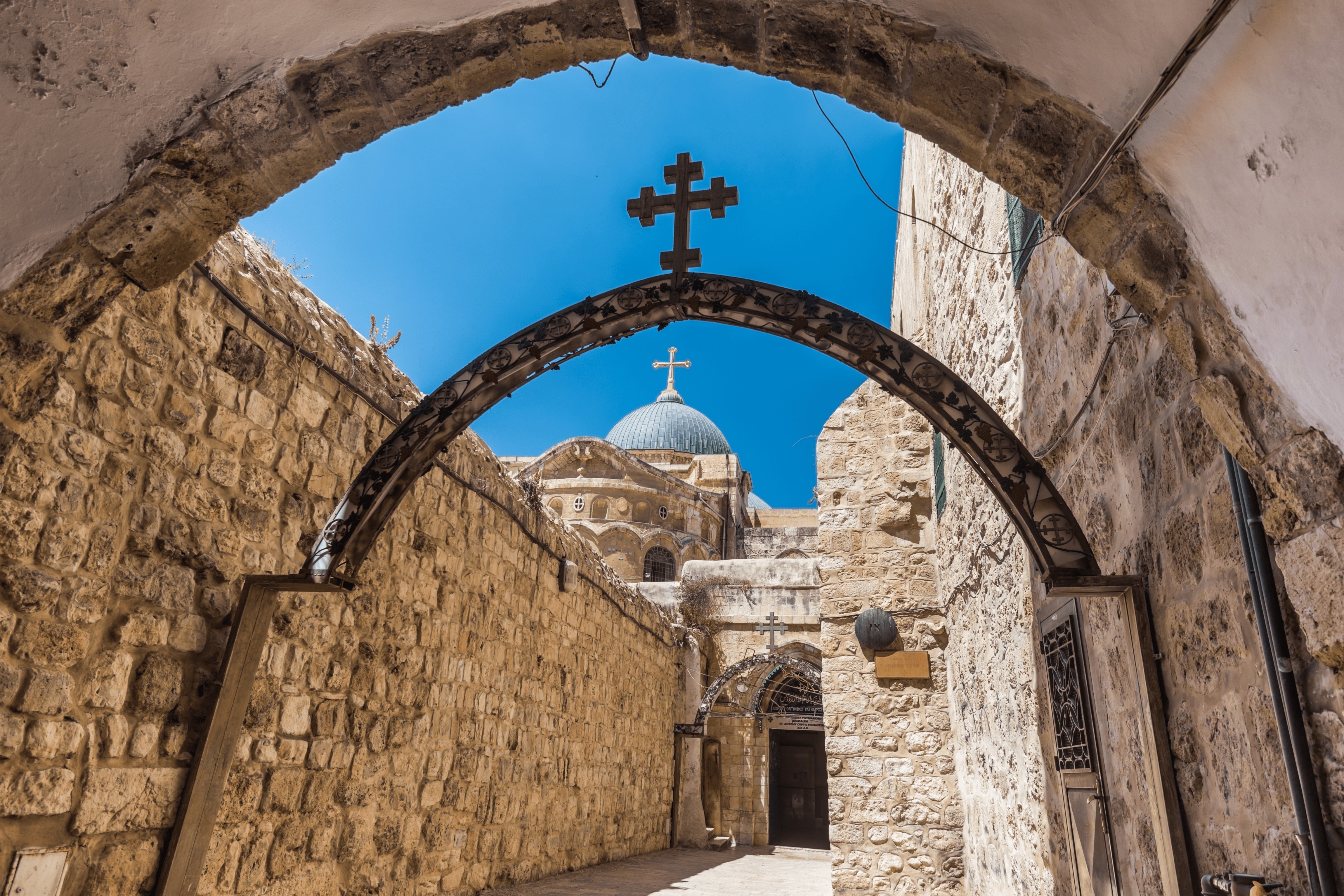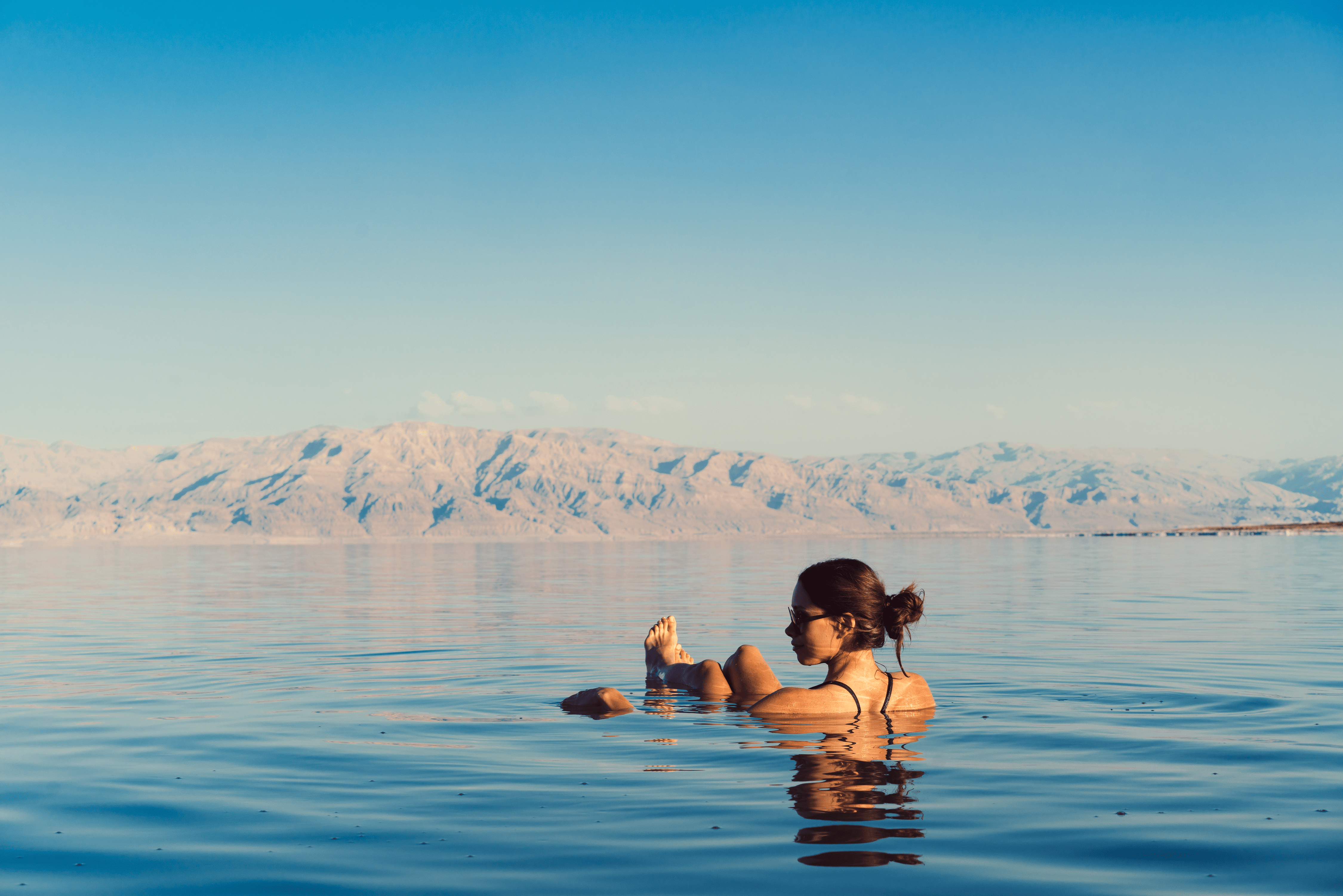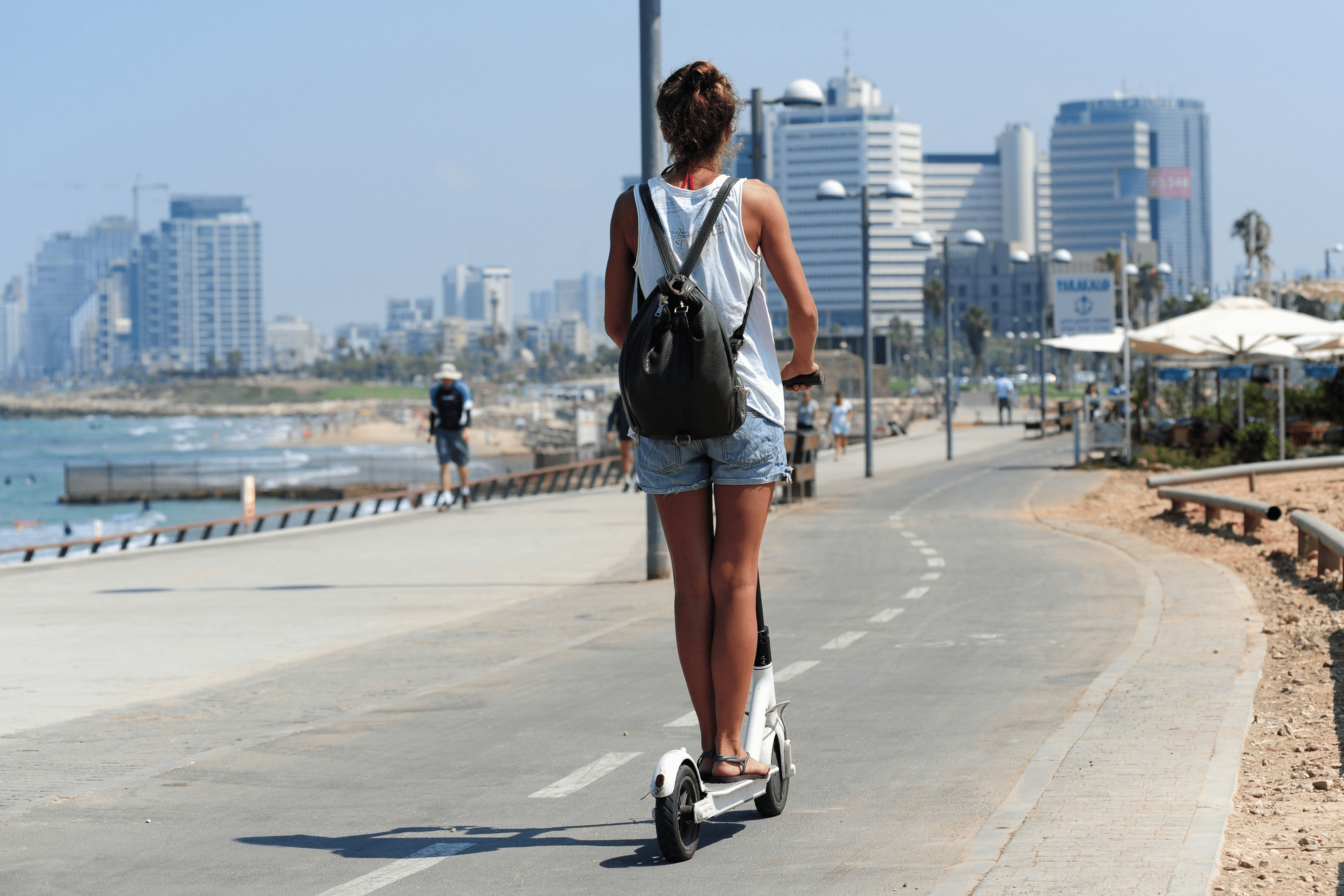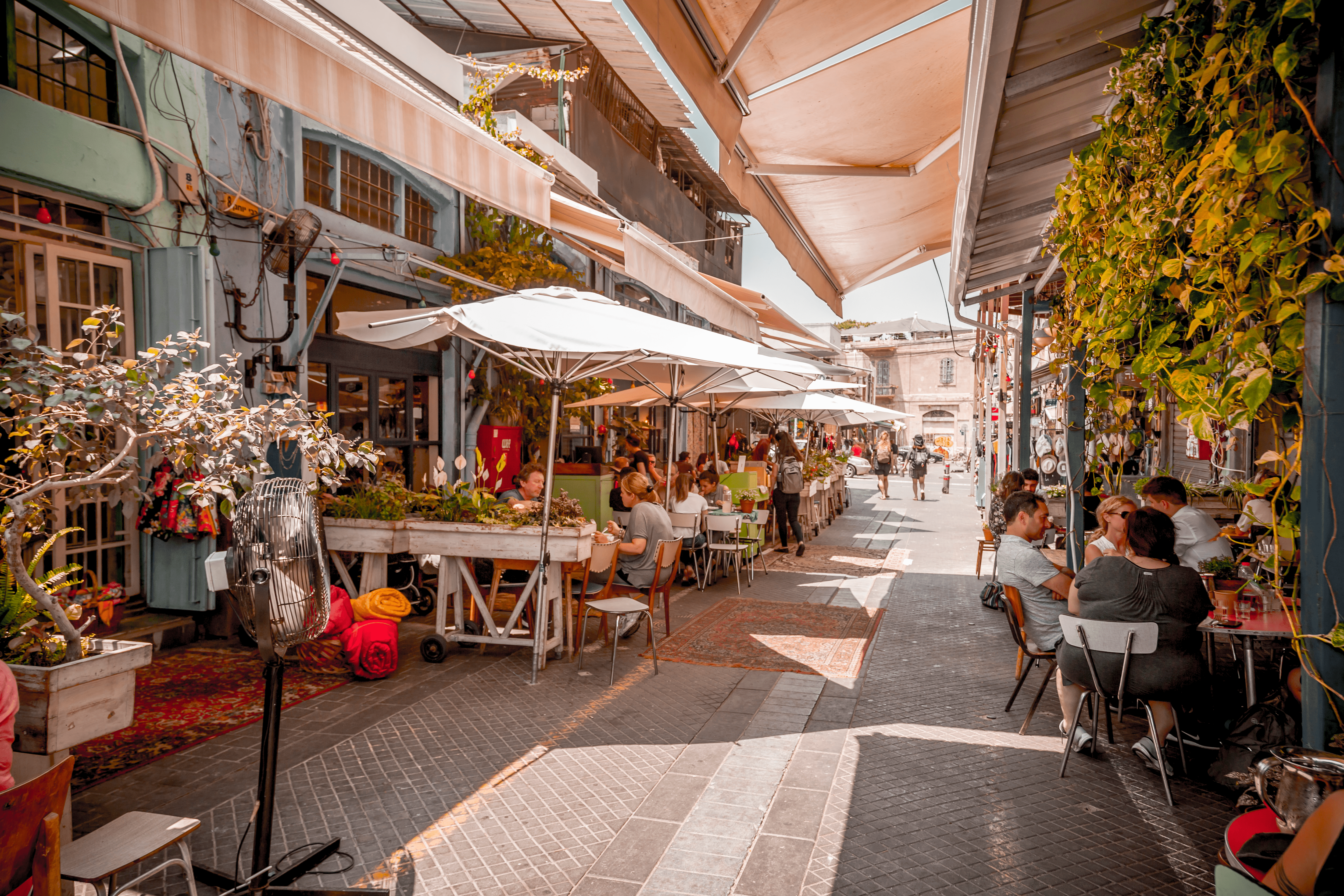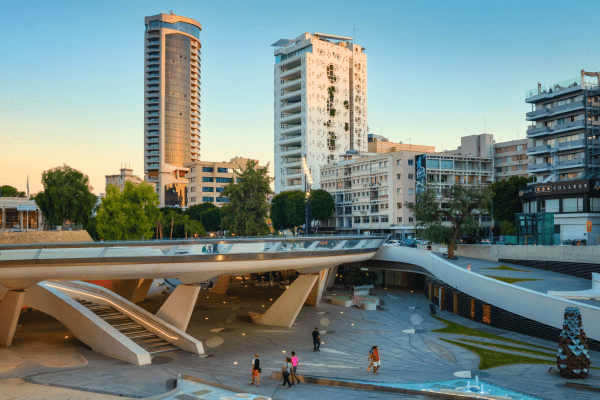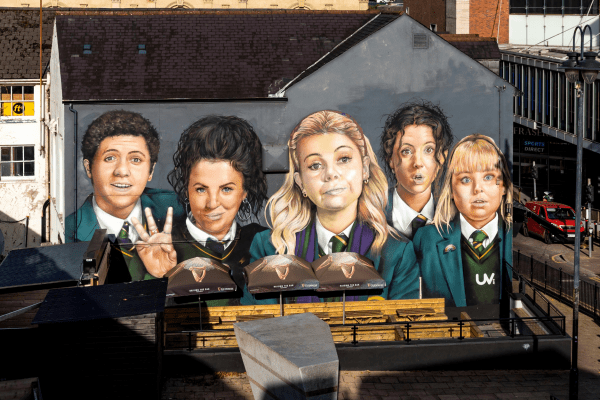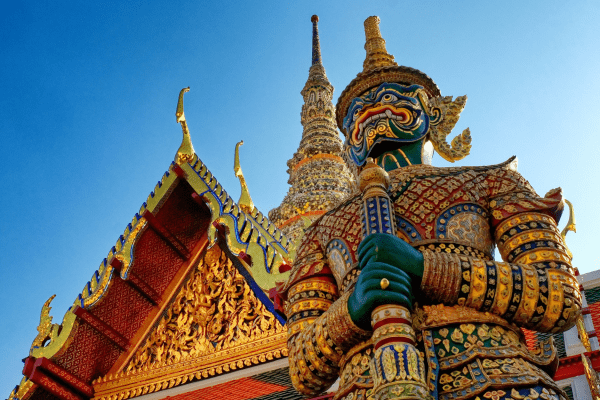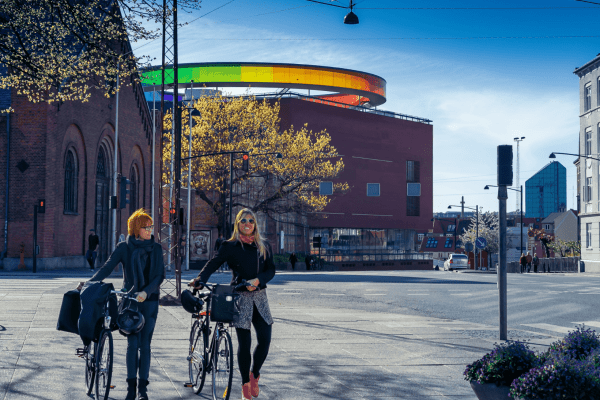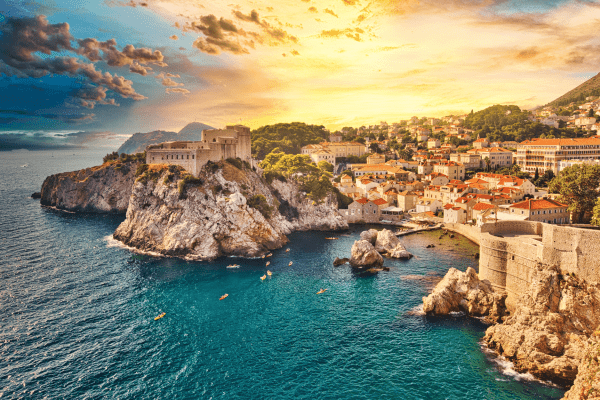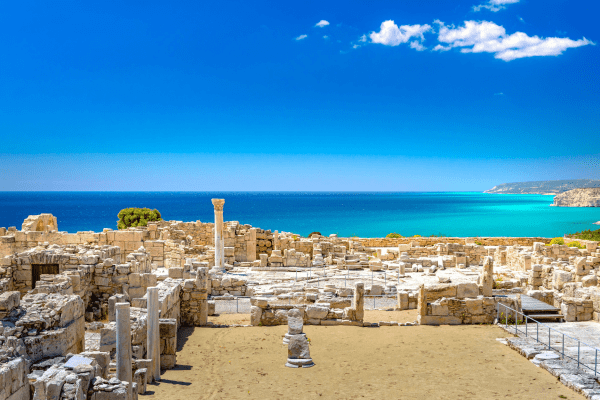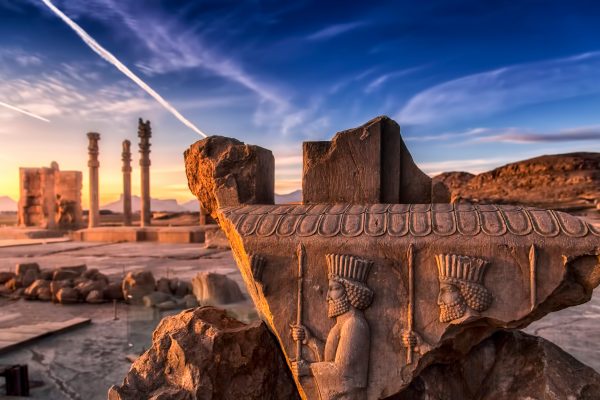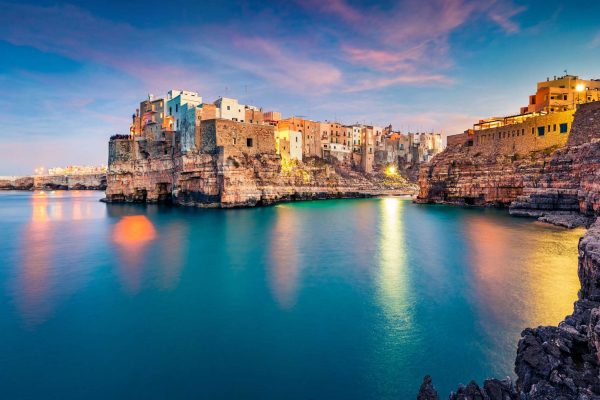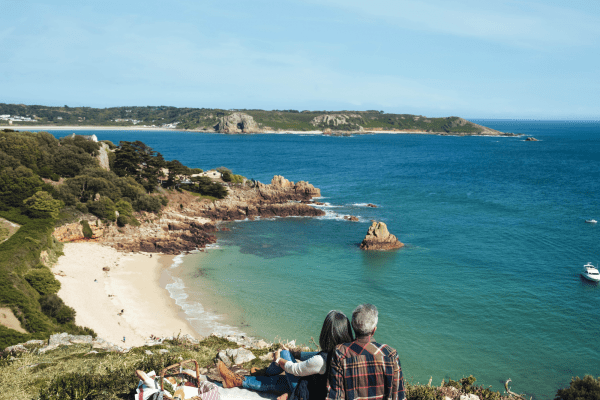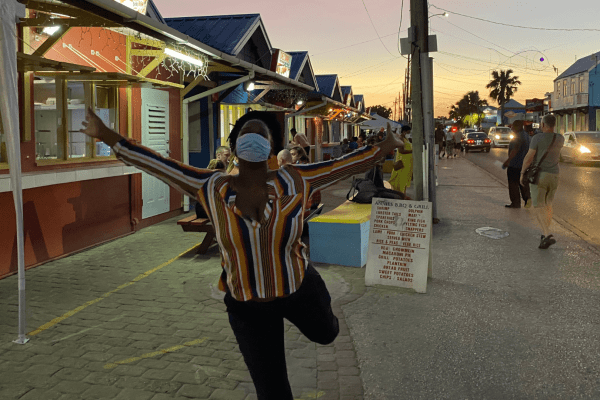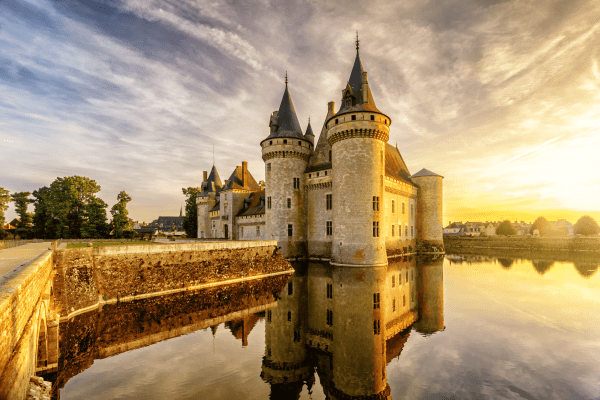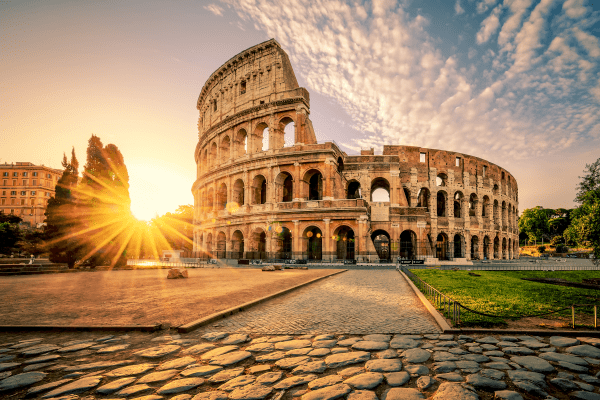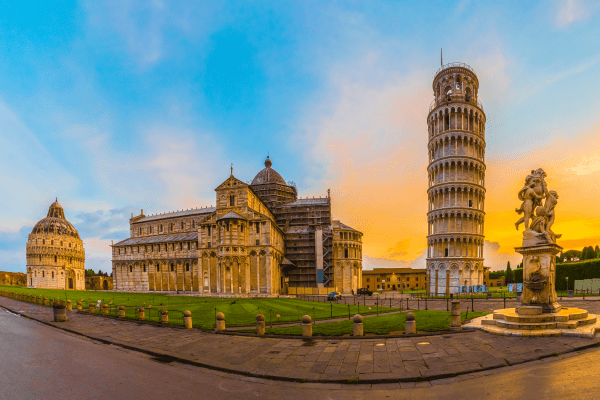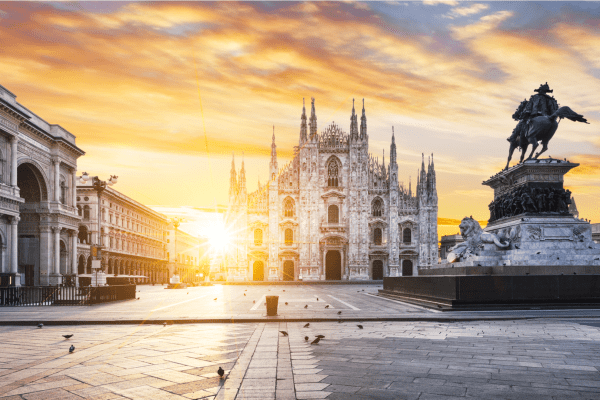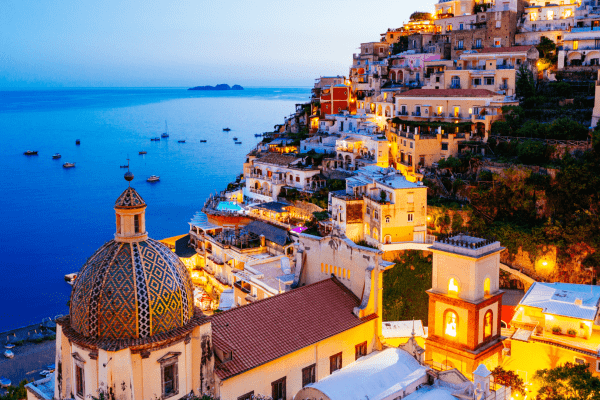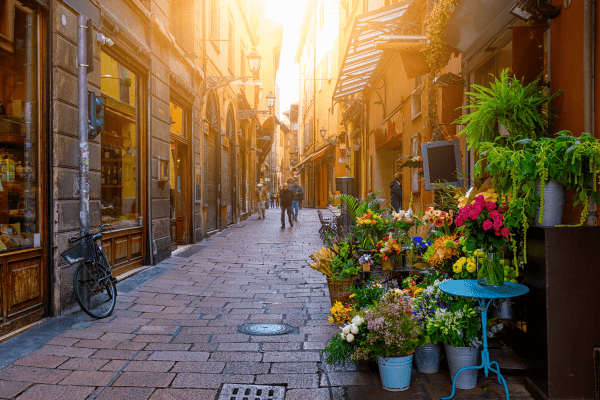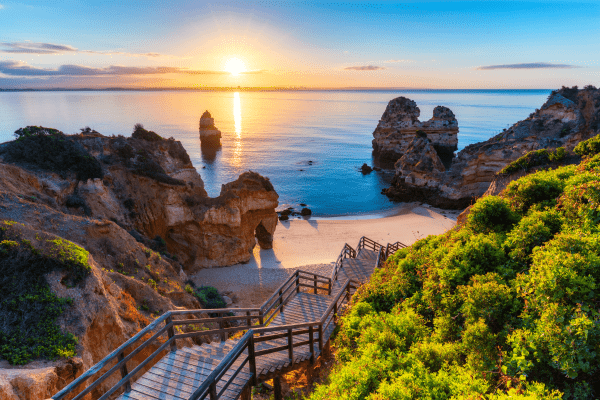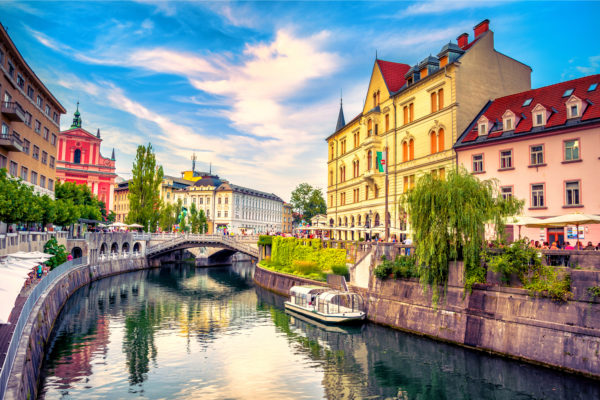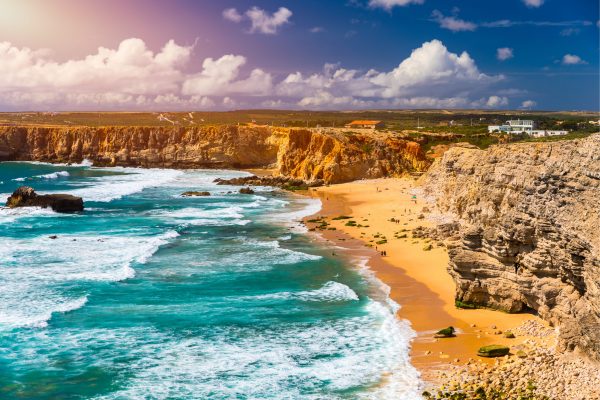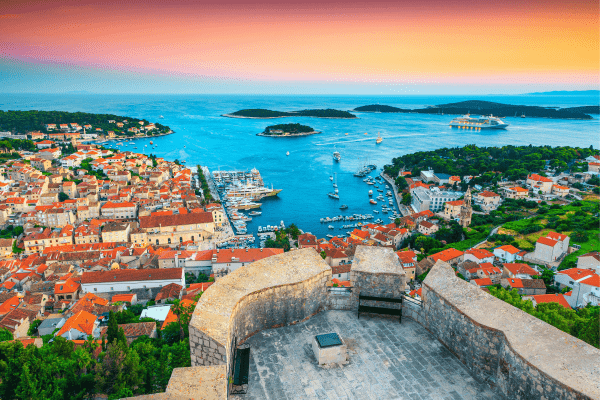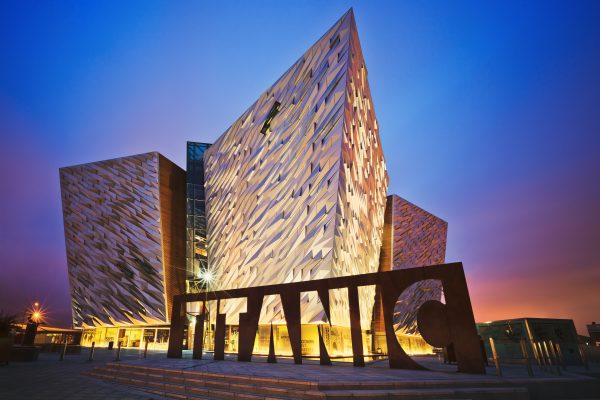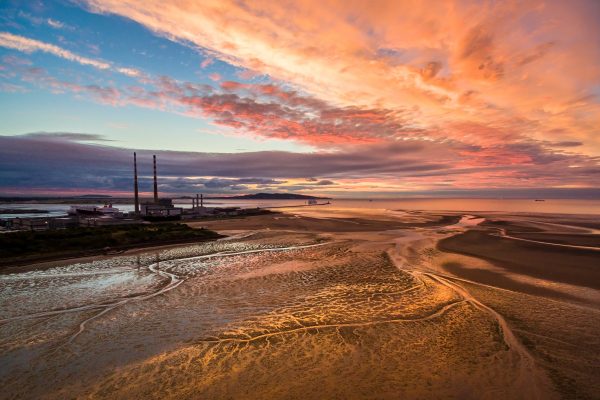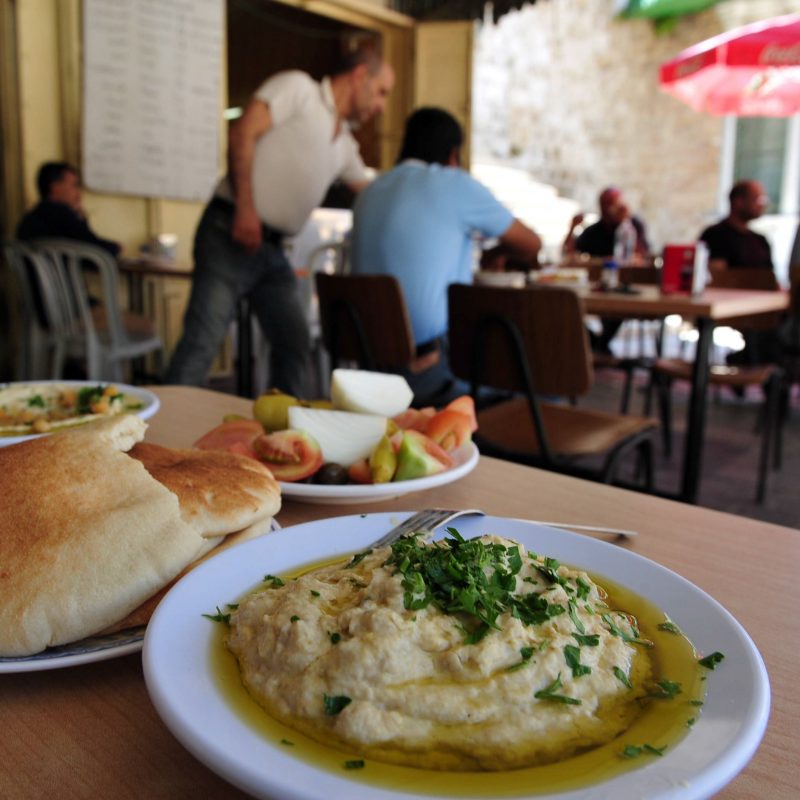Sacred past, desert scenes, culinary joy and Mediterranean shores
“The view of Jerusalem is the history of the world; it is more, it is the history of earth and of heaven”. A big statement there from 19th century British Prime Minister Benjamin Disraeli, and so said, it’s no wonder, that the Israeli capital remains hugely significant for the major cohorts of Islam, Judaism and Christianity. Although a massive draw, millennia of Holy Land history is just one reason to visit this complex and beautiful land. Tiny in size, but massive in what it has to offer, Israel is so brilliantly compact, you can visit the entire country from one convenient base . Wake up in lush green landscape and a couple of hours later be exploring desert dunes. Young and vibrant, Tel Aviv buzzes with café culture, galleries, street art and glorious beaches; the Dead Sea resorts offer phenomenal spa experiences, the dry Negev desert can be viewed from the air with amazing sky diving opportunities; and the reserves of the Red Sea resort of Eilat support underwater nature trails for exploration by snorkel.
There’s no disputing the attraction of a great year-round climate. Long hot summers bring in many visitors, with 2019 being Israel’s peak ever tourist year with 4.5 million arrivals. Not surprisingly then, low season is our preferred time for an Israeli adventure. Early December (avoiding Christmas), January and February see fewest travellers but winters remain short and mild. Throughout the country you’ll be able to visit amazing biblical sites with fewer crowds and find outdoor activities more comfortable. You may happen on some rain and coolness, with southern areas, such as Eilat seeing the best of the winter sun. However, although temperatures in the high teens/low 20s seem chilly to Israelis, many enjoy beach life and al fresco dining throughout the year.
The Holy Land
Mount of Olives, River Jordan, Sea of Galilee – even the least religious among us have heard the ring of familiarity from those stories of old, and at the very core of this holiness lies the Old City of Jerusalem. The compact 1km wide historic centre is split into Muslim, Christian, Armenian and Jewish quarters, each oozing a unique atmosphere and hugely significant sites. Whether it’s a pilgrimage, a step back in time, or a chance to embrace an alternative viewpoint, it’s hard not to be emotionally impacted as you mix with locals going about their daily prayers, sharing meals and proudly wearing distinct traditional clothing. Narrow Jewish alleyways reach to the Western Wall filled with its paper prayers. Shop at the busy shuk in the Muslim Quarter close to the Dome of the Rock from where Muhammad ascended to heaven. Christians flock to the Church of the Holy Sepulchre built on the very spot of Christ’s crucifixion, while the Armenian Quarter is home to an ancient civilisation, settled here some 2000 years ago. Always crowded, low season is the best time to wander the winding streets and market stalls, filled with the aroma of freshly cooked falafel, and to walk the ramparts which surround this most historic of cities.
Tel Aviv
In contrast, this modern melting pot of young and forward thinking artists, professionals and enthusiasts, has taken going out and having fun to new levels. American diners and live music venues sit beside traditional cafés and hummus joints. It’s known as the White City for its Bauhaus architectural scene and was in fact granted UNESCO status in 2003 in recognition of its examples of the modernist style. A buzzing beach life defines the lifestyle for many, with Gordon, Frishman and Banana Beaches topping the list of popular sandy stretches. Carmel market is a must-do. It’s the largest and busiest in Israel and vendors offer everything from clothes, fresh veg, amazing street food and souvenirs. South of the centre, check out Jaffa (Yafo), a historic Arabic fishing town, for gorgeous viewpoints and great restaurants.

